Market Trends
Key Emerging Trends in the Bathroom Worktops Market
The growing trend of bathroom refurbishment and the need for sustainable materials are driving the global market's compound annual growth rate (CAGR) for bathroom worktops. In order to improve their bathrooms' overall worth, practicality, and beauty, many homeowners and real estate developers are investing in their modernization and upgrade. Bathroom worktops are essential to these upgrades since they are useful and aesthetically pleasing.
The bathroom worktops market has witnessed notable trends influenced by design preferences, material innovations, and a growing emphasis on functionality and durability in bathroom spaces. One significant trend is the increasing demand for natural and engineered stone materials for bathroom worktops. Materials such as granite, marble, quartz, and other composite stones offer a luxurious and aesthetically pleasing look while providing durability and resistance to water damage. This trend reflects the desire of homeowners to invest in high-quality, long-lasting materials that enhance the overall visual appeal of their bathrooms.
Customization and personalization have become key considerations in the bathroom worktops market. Consumers are seeking worktops that align with their individual style and complement the overall design theme of their bathrooms. Manufacturers are responding by offering a variety of colors, patterns, and finishes, allowing customers to tailor their bathroom worktops to match their preferences and create a cohesive and personalized space. This trend caters to the growing consumer demand for unique and bespoke design elements in home interiors.
The minimalist and contemporary design trend has influenced the choice of materials and finishes for bathroom worktops. Homeowners are opting for sleek, clean lines and minimalist aesthetics in their bathrooms, leading to the popularity of materials like solid surface, which can be seamlessly integrated for a modern and streamlined look. This trend reflects a preference for simplicity and functionality in bathroom design, creating a visually appealing and clutter-free environment.
The use of sustainable and eco-friendly materials in bathroom worktops has gained prominence. Consumers are increasingly conscious of environmental impact, leading to a demand for materials that are responsibly sourced, recyclable, or made from renewable resources. Manufacturers are responding with eco-friendly options such as recycled glass, bamboo, and other sustainable materials, aligning with the broader movement towards green and environmentally conscious home design. This trend emphasizes the importance of sustainability in the decision-making process for bathroom renovations.
Incorporating technology into bathroom worktops has become a noteworthy trend, particularly with the integration of smart features. Some bathroom worktops now come equipped with built-in charging stations, LED lighting, or touch-sensitive controls for a more convenient and tech-savvy user experience. This trend caters to the increasing integration of smart home technologies, allowing homeowners to enhance the functionality of their bathrooms through innovative worktop designs.
The preference for low-maintenance and easy-to-clean surfaces has influenced trends in bathroom worktop materials. Non-porous materials like quartz and solid surface are gaining popularity due to their resistance to stains, moisture, and bacteria. This trend aligns with the desire for hassle-free maintenance and hygienic surfaces in bathroom environments. Homeowners are opting for worktops that not only look stylish but also offer practicality and ease of cleaning.
Contrasting textures and finishes in bathroom worktops have become a design trend, adding visual interest and depth to the overall bathroom aesthetic. Combining matte and glossy surfaces, experimenting with textures like leathered or honed finishes, or incorporating mixed materials contribute to a more dynamic and visually appealing bathroom design. This trend allows homeowners to create focal points and elevate the design sophistication of their bathrooms through thoughtful material selections.
The impact of the COVID-19 pandemic has influenced trends in the bathroom worktops market, with an increased focus on hygiene and cleanliness. Antimicrobial and antibacterial properties in worktop materials have become a sought-after feature, providing homeowners with an added layer of protection against germs and viruses. This pandemic-driven trend underscores the importance of creating sanitary and hygienic spaces within the home, influencing material choices for bathroom worktops.
Seamless and integrated sink designs have become a popular trend in bathroom worktops, contributing to a sleek and cohesive appearance. Integrated sinks eliminate the need for a separate basin, creating a smooth transition between the worktop and sink. This trend not only enhances the aesthetics of the bathroom but also simplifies cleaning and maintenance. Homeowners are drawn to the modern and sophisticated look achieved through the seamless integration of sink and worktop.
Color trends in bathroom worktops have shifted towards neutral tones and earthy palettes. White, beige, gray, and muted tones are preferred choices, creating a timeless and versatile backdrop for various bathroom styles. These neutral colors also contribute to a sense of tranquility and relaxation, aligning with the desire for a spa-like atmosphere in bathroom spaces. This trend reflects a move away from bold and vibrant colors in favor of a more serene and harmonious design palette.


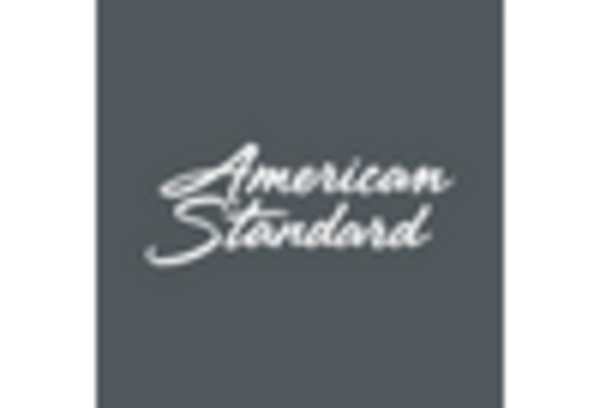
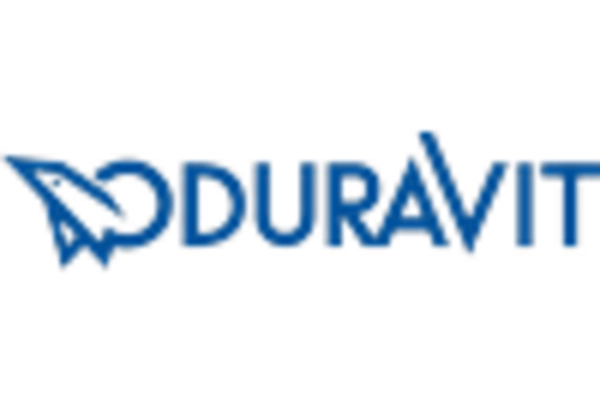
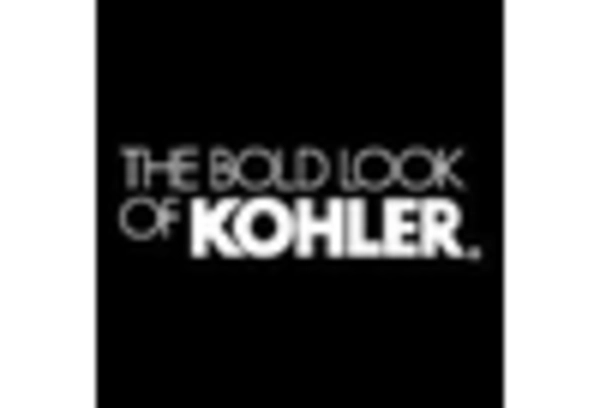

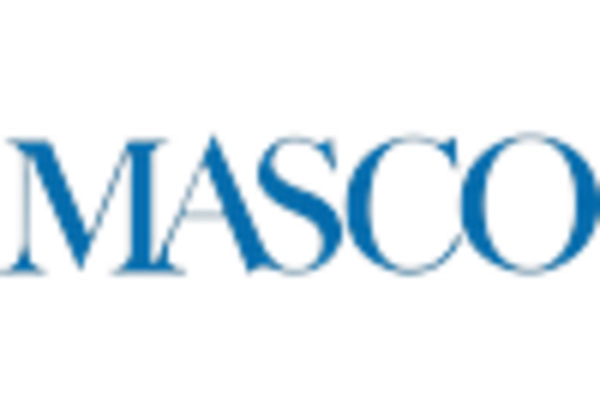
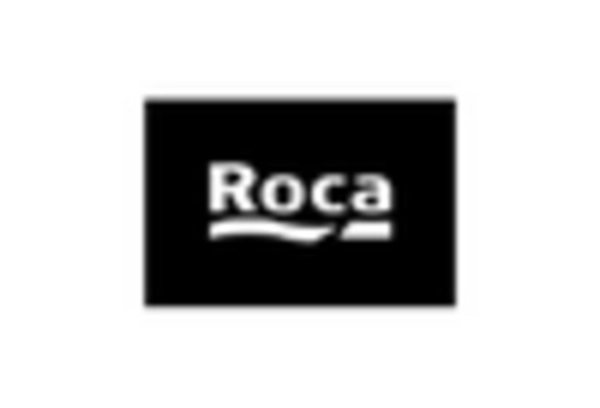









Leave a Comment